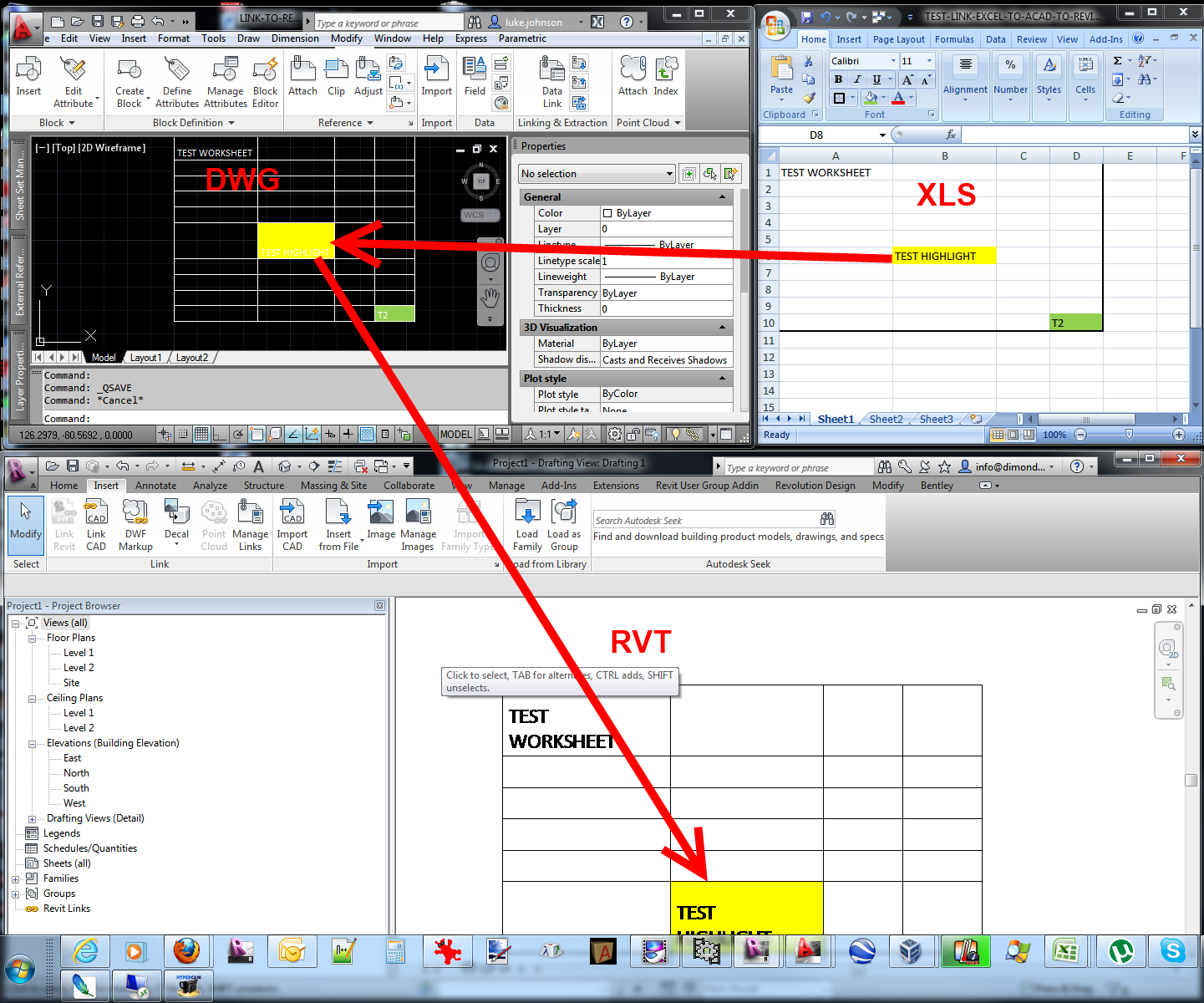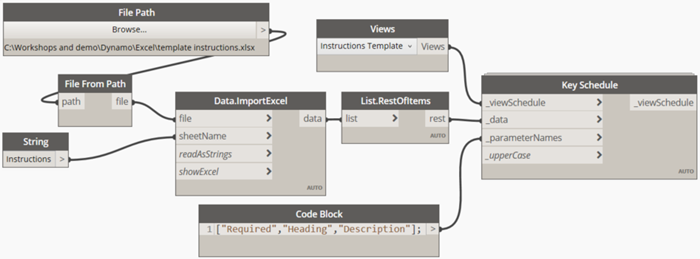Revit Add Ins: Supercharge Your Design and Modeling
Wiki Article
Excel Empowerment: Supercharge Your Revit Projects With Seamless Data Import
Are you wanting to supercharge your Revit projects? With smooth information import, Excel empowerment can be the secret to unlocking your project's full possibility. Visualize simplifying the import process and optimizing effectiveness with seamless data combination. In this short article, we will share pointers and methods for making use of Master your Revit jobs. Discover exactly how utilizing the Excel-Revit connection can lead to success in your tasks. Prepare yourself to take your Revit projects to the next level with Excel empowerment.The Power of Excel in Revit Projects
You can supercharge your Revit tasks by utilizing the power of Excel for smooth information import. Excel is a versatile device that can considerably improve your workflow and efficiency in Revit (revit tool). With Excel, you can easily import and take care of big amounts of information, saving you effort and timeAmong the key benefits of making use of Excel in Revit is its ability to deal with intricate calculations and formulas. You can use Excel to do estimations on your data, such as generating quantities, calculating costs, or assessing performance. This can be particularly valuable when dealing with large jobs that call for comprehensive computations.

Additionally, Excel gives a acquainted and user-friendly user interface for collaborating with data. You can organize and control your data in a spread sheet layout, making it very easy to view and edit. This can be especially practical when teaming up with others or when you need to make quick changes to your project data.
Additionally, Excel enables you to quickly import and export data between Revit and other software application applications. You can import data from outside sources into Revit, such as material specifications or equipment schedules, and export data from Revit to Excel for more evaluation or coverage.
Streamlining Information Import With Excel in Revit
When making use of Excel as a device,Enhancing data import in Revit becomes easier. With Excel, you have the power to seamlessly import and take care of huge quantities of data in your Revit projects. By making use of the acquainted interface and performance of Excel, you can save time and rise effectiveness in your process.One of the key benefits of utilizing Excel for information import in Revit is the ability to quickly arrange and control data before importing it into your job. With Excel's effective features, such as arranging, filtering, and formulas, you can promptly clean up and layout your data to fulfill the needs of your Revit task.
Furthermore, Excel permits you to import information from different resources, such as databases, spreadsheets, or perhaps web-based applications. This adaptability provides you the freedom to collect data from various platforms and combine it into one main location for simple access and administration.
Additionally, Excel gives the option to develop customized layouts for data import in Revit. By developing design templates customized to your project's certain needs, you can guarantee uniformity and accuracy in your data import procedure.
Overall, utilizing Excel as a device for data import in Revit enhances the procedure and enhances your efficiency. Why not take benefit of this powerful device and supercharge your Revit projects with seamless data import making use of Excel?
Taking Full Advantage Of Efficiency With Seamless Information Combination
Optimize efficiency by seamlessly incorporating and managing information in your process. Gone are the days of by hand inputting data right into your system, losing precious time and sources. With seamless information integration, you can simplify your processes and supercharge your performance.
Handling information becomes a wind when you have a seamless combination system in place. You can conveniently organize and classify your data, making it easier to recover and assess. Bid farewell to the days of undergoing countless spreadsheets for that a person piece of information you need.

Excel Advice for Revit Projects
With these methods and tips, you'll be able to effectively handle your Revit projects using Excel. One of the initial points you can do is to use Excel's powerful sorting and filtering system features. This will allow you to swiftly arrange and analyze your project data. You can arrange elements by their names or filter them based on specific criteria, such as their condition or place. One more beneficial attribute is the ability to create formulas in Excel. You can use formulas to calculate quantities, perform complex calculations, and even automate certain tasks. This can save you a great deal of time and effort in your Revit jobs. Furthermore, you can utilize Excel to create customized design templates for data import and export. This way, you can guarantee consistency and precision when moving information in between Revit and Excel. Don't neglect concerning Excel's conditional format function. You can utilize this to highlight specific aspects or values based on certain conditions. This can help you quickly identify and resolve any type of problems or anomalies in your task information. In general, mastering these Excel techniques and suggestions will significantly enhance your capacity to take care of and adjust information in your Revit jobs.Utilizing the Excel-Revit Link for Success
To take advantage of your Excel-Revit link, capitalize on the capacity to effortlessly synchronize and move project info. By harnessing this powerful link, you can supercharge your Revit projects and enhance your workflow. With just a couple of simple actions, you can import information from Excel directly right into Revit, conserving you time and ensuring precision.Among the key benefits of the Excel-Revit connection is the capacity to transfer data flawlessly. Whether you are importing schedules, space information, or perhaps geometry information, Excel supplies an user-friendly interface that enables you to arrange and manipulate your data before importing it right into Revit. This suggests you can easily update and customize your job details in Excel, and with a couple of clicks, transfer those changes directly into your Revit design.
Along with moving information, the Excel-Revit connection also enables synchronization. This indicates that any kind of changes made in Excel can be automatically updated in Revit, making sure that your task details is constantly approximately date. This synchronization feature is particularly beneficial when managing complex and large projects, as it gets rid of the demand for hand-operated information entry and decreases the danger of mistakes.
Verdict
So there you have it - the power of Excel in Revit jobs can not be undervalued. By enhancing information import and making the most of efficiency through seamless information assimilation, you can supercharge your tasks and accomplish success. With the Excel-Revit link, you have the tools to take your jobs to the next degree and attain amazing results. Don't wait any longer, begin using the power of Excel in your Revit tasks today and unlock a globe of opportunities.You can supercharge your Revit jobs by harnessing the power of Excel for seamless information import. With Excel, you have the power to seamlessly import and manage huge quantities of data in your Revit tasks (import excel into revit). Generally, mastering these Excel pointers and techniques will significantly enhance your capability to manage and control information in your Revit jobs
Whether you are importing timetables, room information, or even geometry info, Excel provides an easy to use user interface that enables you to arrange and manipulate your data prior to importing it into Revit. By enhancing information import and optimizing efficiency with smooth data combination, you can supercharge your tasks and achieve success.
Report this wiki page